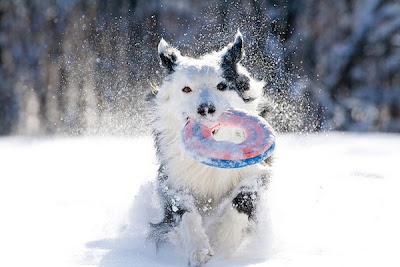Since today is Halloween I thought I would explore cat costumes. We have all seen dogs dressed up but rarely do our cats participate in this holiday tradition. Here are a few crazy -- or crazy awesome? -- Halloween costumes for cats:
1. Unicorn Horn
This inflatable unicorn horn will turn your cat into a magical, mythical beast, and the package promises, "Cats love it!" Though based on that facial expression, which mirrors my own every day around 2 p.m. when I'm sitting at my desk fighting that post-lunch food coma, I think the actual cat in question would beg to differ. Also, inflatable headgear + angry, clawed beast = bad investment.
Verdict: This costume is crazy.
2. Hello Kitty
A cat dressed as a cat?? Not too original but I can see where some might like it.
Verdict: This costume is crazy.
3. Shark
Perhaps because I prefer understatement, I think this shark fin is a delightful way to accessorize a kitty. Plus, a shark is a larger, more ferocious predator, so this seems like a costume your cat might choose for herself.
Verdict: This costume is crazy awesome.
4. Cat from Hell
Taking a cue from everyone's favorite rock-and-roll cat behaviorist, Jackson Galaxy, this Cat from Hell costume will make your good kitty look bad. The thought of a cat in a devilish red cape makes me cackle with glee (but I have my doubts about the headgear).
Verdict: This costume is crazy awesome.
5. Hula Girl and Rasta Wig
Much like the unicorn horn, this costume seems as though it was invented by someone who has never actually spent time with a cat. Under pretty much all circumstances, that is not a skirt. It is a toy. Same with this wig:
Verdict: These costumes are crazy.
6. Various Hats
If you suspect your finicky cat won't tolerate your annoying human traditions but you'd still like to try dressing him up for free, hats can be fashioned out of a variety of common household items, such as tinfoil or grapefruit peels.
Fancier options exist as well, such as these biker babe hats, which suggest your cats totally went to Sturgis this year.
And please, don't forget to check out Etsy, where you'll find gems such as these multi-species pumpkin hats:
Verdict: Hats are crazy awesome.
Have a happy Halloween and a good laugh at your cat's expense ... but only if she is reasonably willing to participate in these shenanigans!
Information adapted from Catster.














